I wanted to clad the exterior of my building in an exterior cladding. Initially I wasn't to sure what material to use for this so I looked into metal and glass as possibilities.
I found out copper is a commonly used material as its cheap, easily formed and can come in a range of colours and textures. It can also come as fragmented pieces as well as sheet metal. This would be perfect for my project in keeping with my ideas of fragments around the city.
Having this style will cover the brickwork and create a more impressive finish that relates to my project at the same time.
Peter Barber came into LMU to give a talk on some of his projects. I found these fascinating and amazing at how closely they linked with my own ideas and designs.
His Villa Anbar in Saudi Arabia had to look into seperations between male and female which is similar to mine in the way I had to think about separating the private and public in a way that could combine them at certain points. He also had shelving that was cut into the walls. I copied this idea as I was trying to find a way to create extra storage in an unusual way and this fulfils it well.
He also spoke about his 'Gadget apartment' where objects and 'junk' were collected and formed into appliances that can be used around the house.
As my protagonist also collects items why not have him make them into appliances as well?! This could be quite an interesting thing to look into.
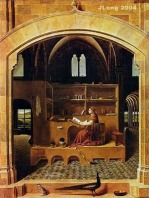
Another inspiration I looked at for designing the interior and the furniture inside in unusual ways was the painting of Messina da Antonello, St Jerome in his study.
Sir Johns Museum is not only a fascinating museum but was also a house for the great British architect. I found this building incredibly interesting and the way it links to my building was fascinating. I decided to move my design even closer to this building.
The rooms are covered in artefacts which have been found and collected; like how my protagonist would do. The rooms are unusual shapes and sizes with everything squeezed into them; I decided I would develop my idea to do this as well. The Soane museum would be a prefect building for my protagonist
Le Corbusiers's Villa Savoye looks into a lot of the design ideas I wanted to incorporate in my own design.
It has a flat roof with potential viewing chambers on this. The windows are made to give a specific view in the way they have been laid out. It also rests on stilts which is again similar to what I was designing.
Tree houses are made to raise the viewer up to a greater height. This then provides a much better vantage point to gain good views. Modern designers and even artists have used this idea to create their work, which not only uses an interesting design in order to function well, but lets the user have a potentially amazing view.
I looked into how this could be achieved in order to take the ideas into my own work and to see how I could also make an interesting way to create a view.
As my building was based around views into the surrounding city I needed to create a way that would connect both the ground floor with the upper levels. I thought by creating a roof which could be inhabited would be a good way to do this so I did some research into buildings with roof scape's.La Tourette Monastery in Lyon, France, designed by Le Corbusier was a good initial example of this as the building contains a number of roof gardens at different levels, which can be occupied and maintained easily. The design also relates to my work as it is made up of 100 individual cell blocks that combine to make the overall building. This is similar to many of my ideas, where simple shapes can be joined to make larger ones as required. Some of the La Tourette also rests on stilts which I had also considered using as this would allow for easy access to the ground floor snack bar.
These are some other examples I found. They have roof scape's for a number of different purposes such as gardens, observatory's or just another outdoor level to the building.
Another way of creating easily expandable buildings that could change quickly, is the idea of building in blocks. Using sea containers is an easy way to do this which is becoming more and more popular in architecture designs. Its relatively cheap and easy to transport and reuse.
My idea with using containers was they could easily be added or taken away as required depending on the business of custom.
These pictures are of SCABAL's Sports Hall at Duraven School.
I looked into the work and drawings of the British architect, Peter Salter. The way his buildings appear to be able to expand and change was very interesting especially concerning construction and spacial atmosphere. I looked into this because I wanted my 'pavilions' to be able to expand or change at different times of the day or year.
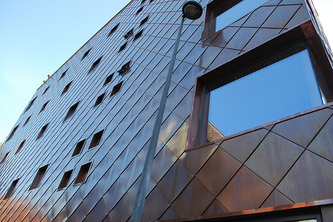
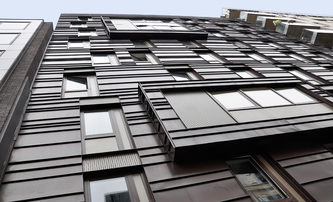

















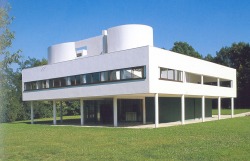













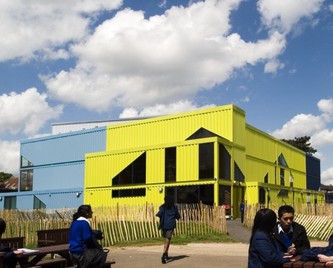


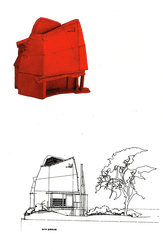

 RSS Feed
RSS Feed